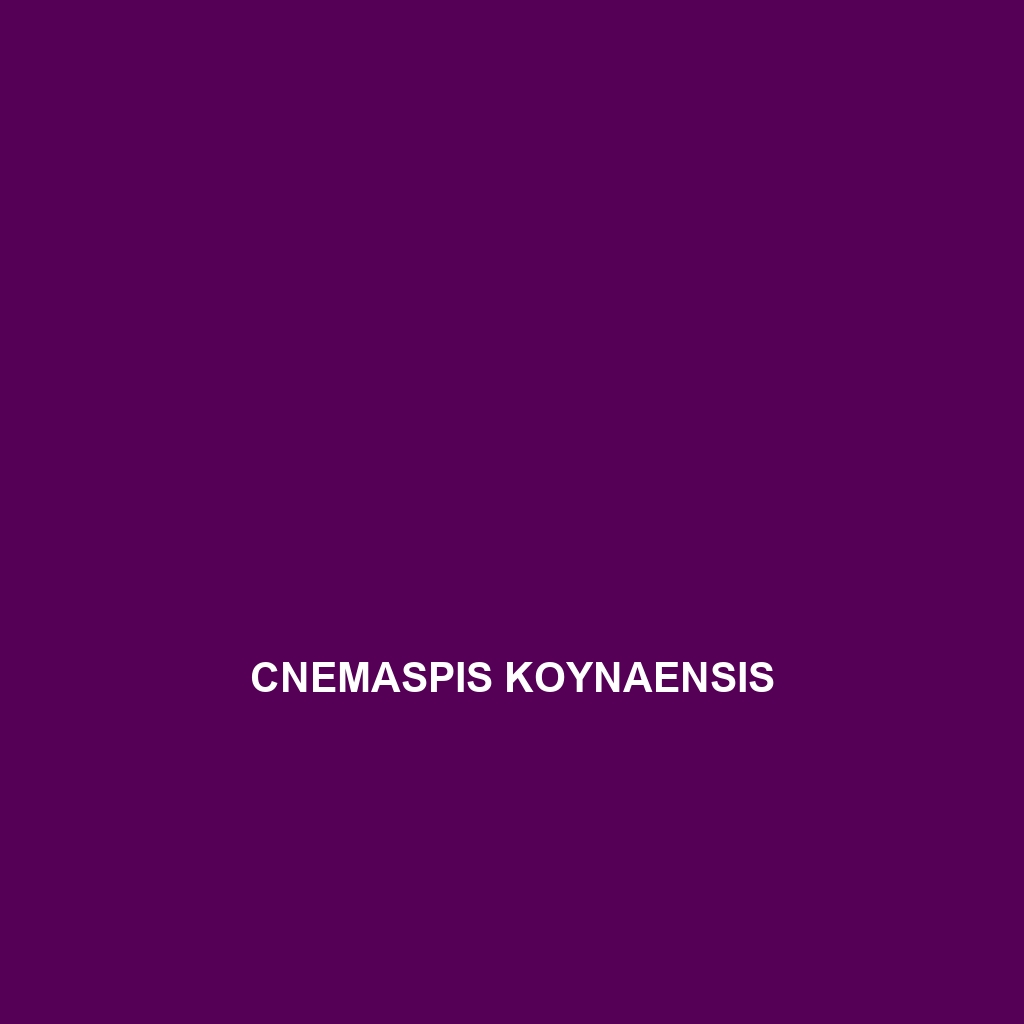Discover the unique Sitana gokakensis, a slender lizard native to the Western Ghats of India, thriving in semi-arid grasslands. With its distinctive throat flap and agile movements, this insectivorous species plays a crucial role in pest control and ecosystem balance.
Tag: Western Ghats species
Sitana gokakensis
Discover the unique Sitana gokakensis, a slender lizard native to the Western Ghats of India, thriving in semi-arid grasslands. With its distinctive throat flap and agile movements, this insectivorous species plays a crucial role in pest control and ecosystem balance.
Cnemaspis salimalii
<p><b>Cnemaspis salimalii</b>, commonly found in the rainforests of Southeast Asia, is a slender lizard measuring 10 to 15 cm, known for its striking earthy colors and agile climbing abilities. Insectivorous by nature, this vulnerable species plays a crucial role in controlling insect populations and maintaining ecological balance in its habitat.</p>
Cnemaspis nandimithrai
Cnemaspis nandimithrai: A Comprehensive Species Description Common Name: Cnemaspis nandimithrai Scientific Name: Cnemaspis nandimithrai Habitat Cnemaspis nandimithrai is primarily found in the lush forests of the Western Ghats in India, particularly in regions characterized by high humidity and an abundance of rocky outcrops. This species prefers elevations ranging from 700 to 2,000 meters, where it […]
Cnemaspis koynaensis
Discover the Cnemaspis koynaensis, a small, vibrant lizard native to the Western Ghats of India, known for its unique earthy-toned patterns and territorial behavior. This insectivorous species, classified as 'Vulnerable', plays a vital role in controlling insect populations and serves as an essential bioindicator of environmental health.
Cnemaspis indica
The Cnemaspis indica is a small to medium-sized gecko native to the tropical regions of Southeast Asia, characterized by its vibrant colors, adhesive toe pads, and diurnal hunting behavior. This insectivorous species plays a crucial role in its ecosystem by controlling insect populations and is currently listed as Vulnerable due to habitat loss.





